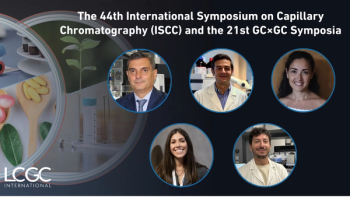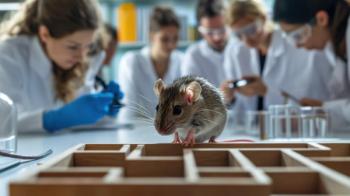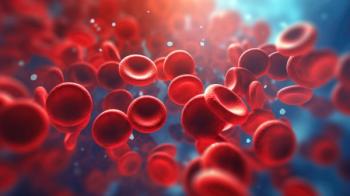News|Events|November 29, 2023
Advancements in Analytical Techniques Reveal Coccidiostat Residues in Poultry
Author(s)LCGC Staff
In a recent study conducted by two researchers from the CSIR-Indian Institute of Toxicology Research and the Academy of Scientific and Innovative Research, an analytical method was used to reveal coccidiostat residues in poultry.
Advertisement
Regulators are focused on making sure that animal-derived foodstuffs do not contain pharmaceutical residues, which could negatively impact human health.
A recent study conducted by Veena Jain and Somendu Kumar Roy from CSIR-Indian Institute of Toxicology Research and the Academy of Scientific and Innovative Research explored a new way to detect pharmaceutical residues in foodstuffs (1). Their study, published in the journal Chromatographia, showcased a novel and improved method to detect coccidiostat residues in chicken liver (1).
Their published study highlighted the use of a chromatographic technique called ionic liquid-dispersive liquid‒liquid microextraction (IL-DLLME) coupled with ultrahigh-pressure liquid chromatography with photodiode array detection (UHPLC-PDA). Using this technique allowed the researchers to identify and quantify five coccidiostats present in chicken liver samples (1).
Developing the method requires a multifaceted optimization process. The researchers employed a screening design, response surface methodology (RSM), and desirability function (1). Through this, the team achieved optimal extraction conditions that allowed for a robust analysis. The resulting method displayed linearity, with a coefficient of determination (R2) ≥ 0.999 across concentrations ranging from 39 to 1250 ng/mL (1).
Moreover, the refined technique had a relative standard deviation (%RSD) ≥ 0.30–6.53% and significant recovery rates within the range of 61.57–107.49% (1). The limits of detection (LODs) and limits of quantitation (LOQs) for the coccidiostats ranged from 3.1 to 8.7 ng/mL and 10 to 29 ng/mL, respectively, ensuring the method's sensitivity in detecting trace amounts of these substances (1).
Using this method allowed the researchers to detect coccidiostat residues in chicken liver samples. Their findings were then confirmed by liquid chromatography–tandem mass spectrometry (LC–MS/MS) analysis. As a result, LC–MS/MS analysis helped confirm that the novel method the researchers developed proved to be a reproducible means of detecting these residues, shedding light on potential risks associated with poultry products and human consumption (1).
This article was written with the help of artificial intelligence and has been edited to ensure accuracy and clarity. You can read more about our
Reference
(1) Jain, V., Roy, S.K. Multiple Response Optimization of an Ionic Liquid-DLLME and UHPLC-DAD Analysis of Five Coccidiostats in the Chicken Liver with LC–MS/MS Confirmation. Chromatographia 2023, 86, 689–699. DOI:
Newsletter
Join the global community of analytical scientists who trust LCGC for insights on the latest techniques, trends, and expert solutions in chromatography.
Advertisement
Advertisement
Advertisement
Trending on LCGC International
1
Riva Returns Alive and Kicking
2
Native Capillary Electrophoresis–Mass Spectrometry Enables Quantitative Profiling of Endogenous Protein Complexes
3
Exercise-Induced Gut-Brain Axis Modulation in Autism: Insights from Chromatographic Metabolite Analysis
4
Validated LC–MS/MS Method for Therapeutic Drug Monitoring of Thiopurine Metabolites in Red Blood Cells
5





